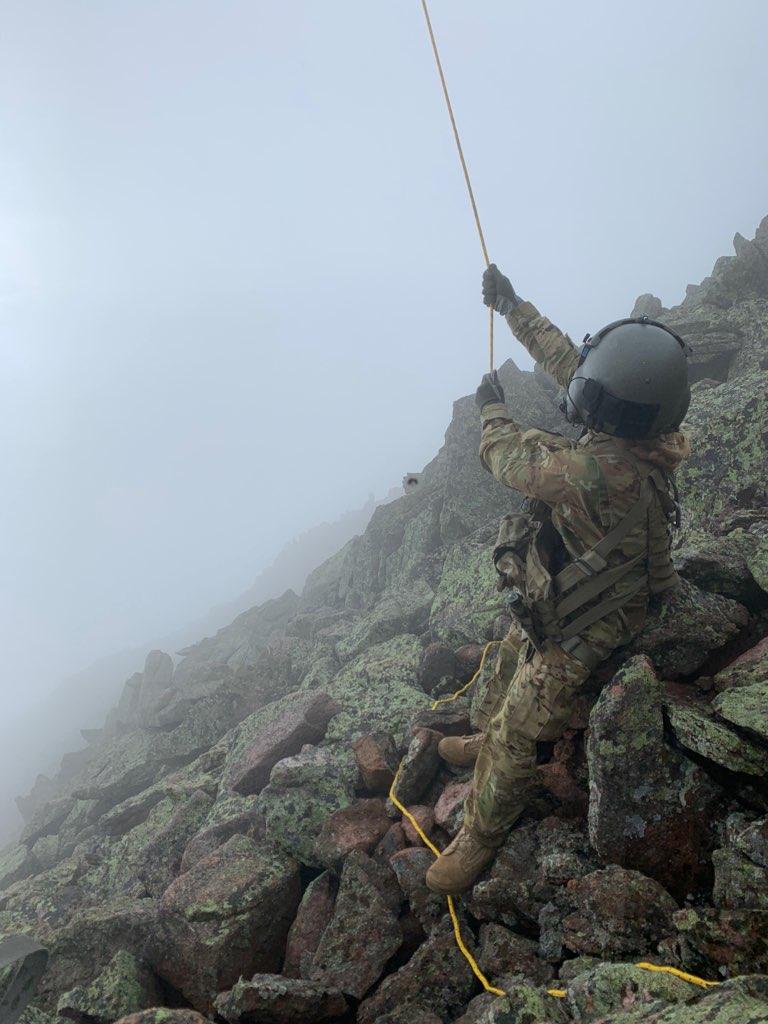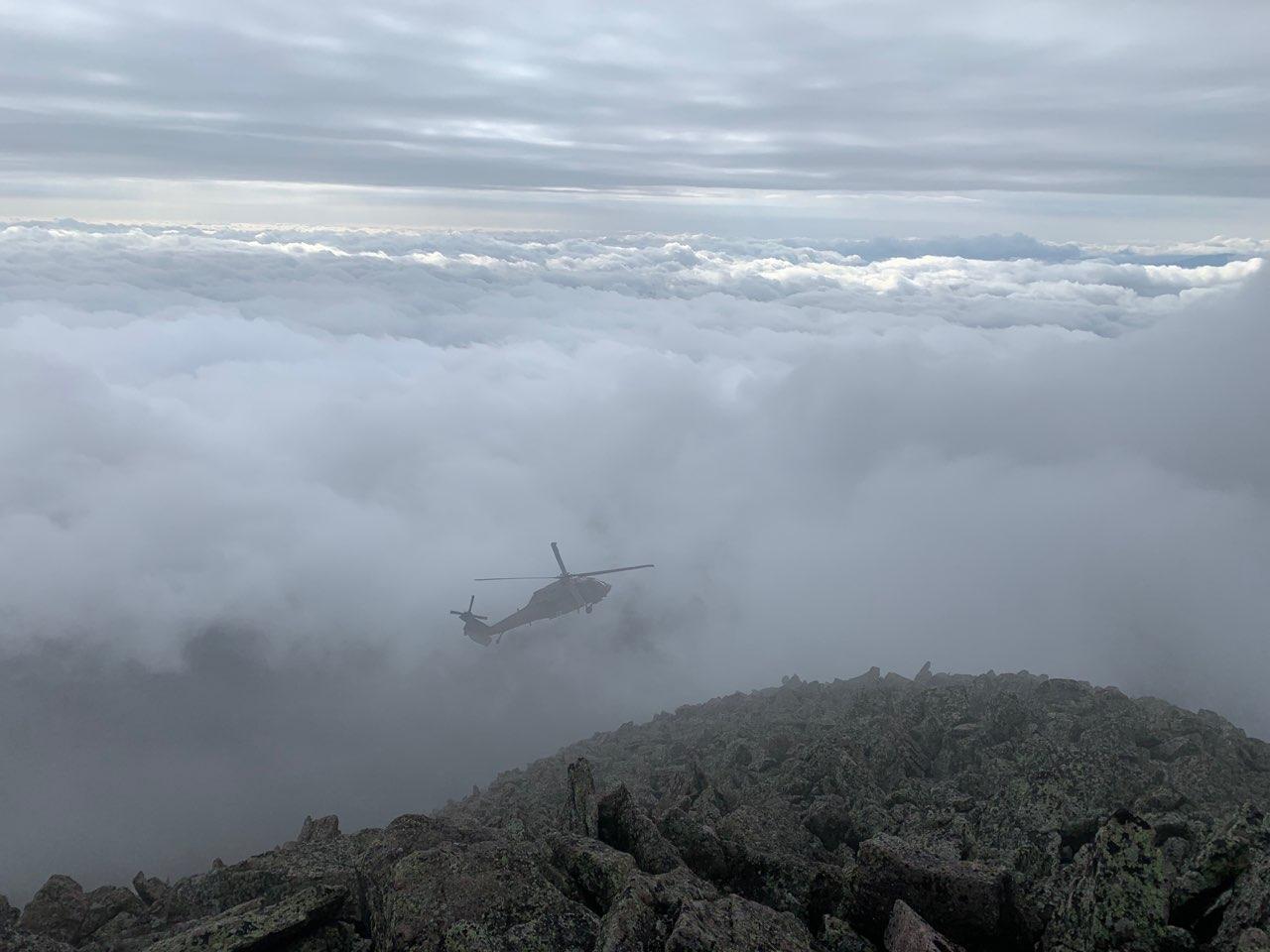“Chewonki,” says Nate Arnold, “was my first real introduction to leadership, and I’ve been able to carry that all the way through my career.”
Based in Bangor, ME, Arnold is a Supervisory Instructor Pilot for the Maine Army National Guard. His job is to train U.S. Army flight school graduates to become highly skilled helicopter pilots capable of overseas deployment. “When you send a pilot to flight school, they attend for twelve-to-sixteen months and return with basic skills. It’s like getting your learners permit,” says Arnold. “We take them up to the higher level so they can perform [medevac operations] in highly contested environments, poor weather conditions, and at low-visibility using night-vision.” Arnold’s team is also the last resort for state-wide “life, limb, and sight” emergencies when all other options have been extinguished.

Arnold joined the army national guard during his junior year at Norwich University, a private military school in Vermont. After transferring to his home state of Maine in 1998, he attended officer’s candidate school in 2000 followed by aviation school in 2001. Since then, Arnold’s clocked more than 3,500 flight hours and has served in several overseas operations.
Before his military service, Arnold spent ten summers at Camp Chewonki for Boys – eight as a camper and two as a camp counselor. Arnold’s father was our sustainability manager at the time, and his brother, Carob, incidentally, has taken over for their father in recent years as our intrepid facilities manager. As an Osprey (our designation for the oldest group of campers, aged 14-15), Arnold recalls his delight at becoming one of the two summer captains. That year, he led half of his age group in a series of competitions against the rest – rallying campers, assigning rosters, mounting offenses and defenses, etc. “It was a good year,” Arnold says, “everyone was fairly competitive.”

Ten summers spent at Camp Chewonki certainly influenced Arnold’s choice to join the military, but not in the way you might think. “I thought of Chewonki as a service organization where you’re working towards the greater good of the community,” he says. “You’re training humans on how to be better humans if that makes sense. You learn how to be part of a community and how to improve things.” Joining the military was a way of bringing Arnold’s commitment to service to the next level. “By being in the national guard I can serve the whole country and my local community at the same time,” he says.
Arnold says that there was a large leadership component to Camp Chewonki as well. “If you combine everything we went through each week, from campfire to sports to group activities, you always had to succeed as a group, and you needed to have somebody in charge leading the group towards success or failure. That molded me. I took those skills I learned between ages nine and sixteen and leveraged them toward my military career.”

In his current role, Arnold says that everything is about the overall team succeeding as opposed to the individual. “As a crew or unit, there is no individual who can do it all on their own. You need all 130 people working together to succeed. My mentality has changed as I work at a higher level towards an overall goal or mission; I work towards shaping the environment to make sure everyone understands the goal and their individual part of it.”
Arnold’s collaborative mentality has proved invaluable over the years – particularly during the numerous high-stakes medevac operations his team has conducted at Mount Katahdin and Acadia National Park. Arnold’s team is activated when neither Lifeflight nor the Maine Forest Service can respond, usually due to conditions. “The Forest Service’s helicopters are lighter, so they can’t fly in high winds. They also can’t fly at night or if visibility is poor,” says Arnold. “We also have a hoist so we can lower a paramedic to the ground if needed,” he says. These superior capabilities have been the difference between life and death at Katahdin’s famous Knife’s Edge trail a few times, which is notorious for its narrow, rocky path flanked by 2,000-foot drops on each side.
Although it’s been almost twenty years since Arnold’s last official stint with us, he stays up to date on current happenings via his brother, Carob, and makes regular fly-by’s to check-out campus progress in his black hawk helicopter. He just buzzed by last month, landing at the Wiscasset Airport. “The new girls camp looks great!” he says.
Thanks for your service, Nate!














